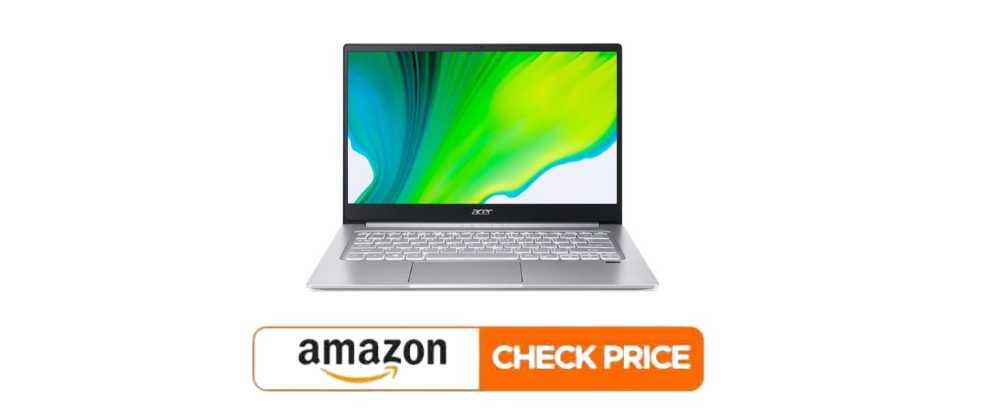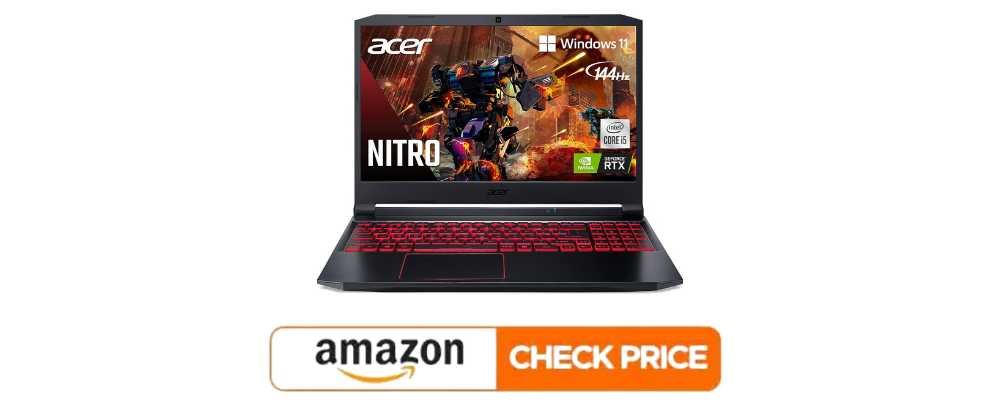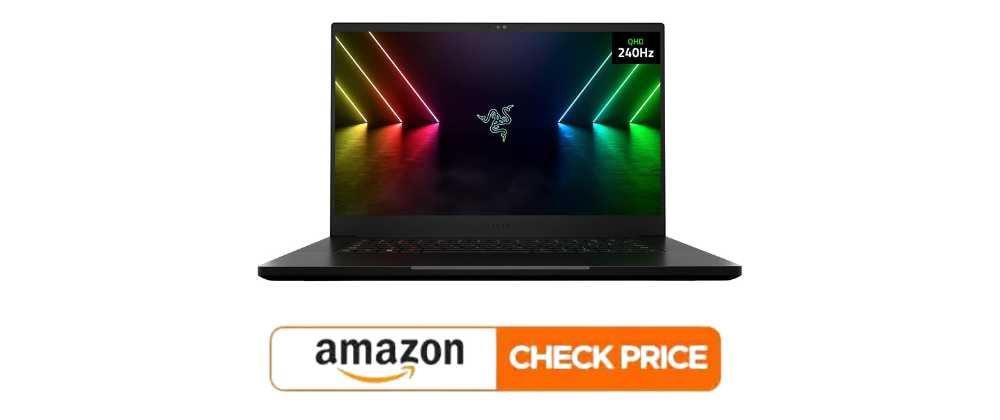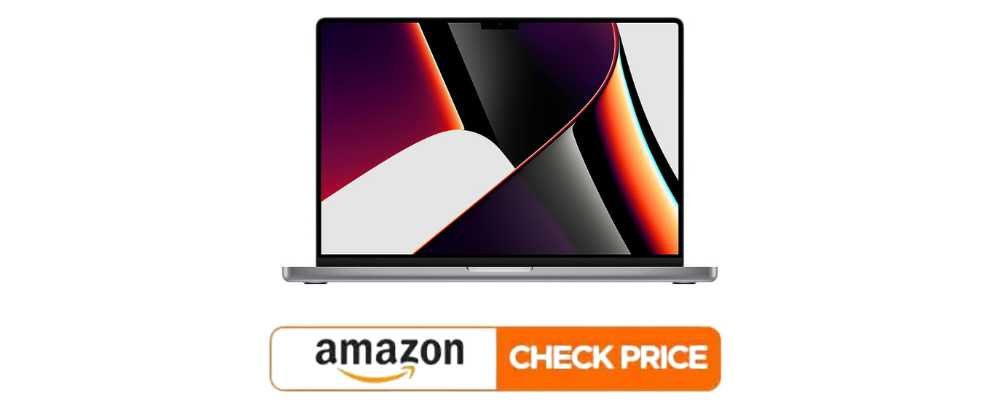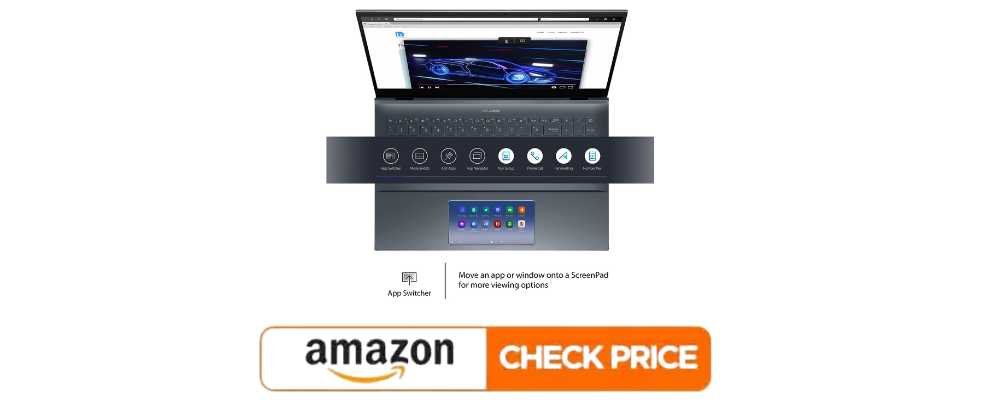Fusion 360 has become a favorite among over 2.2 million product creators, mechanical engineering professionals, and machinists for 3D CAD/CAM design and production purposes. To operate Fusion 360 proficiently, a robust laptop capable of managing intricate 3D modeling, rendering, and simulations is essential.
Per Autodesk’s stipulated system specifications, the optimum laptop for Fusion 360 should encompass a 64-bit processor, RAM of 8-16GB, a standalone graphics card holding a minimum of 2-4GB VRAM, and at least 10GB of spare hard disk capacity.
In this guide, we have shortlisted 6 best laptops for Fusion 360 that deliver optimal performance, high-resolution displays, powerful graphics processing, sufficient memory, and advanced connectivity options, all while balancing considerations for price, portability, and battery life. These laptops have been selected to ensure seamless handling of complex 3D modeling, rendering, and simulations in Fusion 360.
Best Laptops for Fusion 360: Detailed Buying Guide
After a comprehensive research on more than 26 laptops, we have shortlisted these 6 laptops for fusion 360:
1. Acer Swift 3 Intel Evo Thin
The Swift 3 laptop emerges as a potent choice for running Fusion 360 due to several key features. Its Intel Core i7-1165G7 Processor, with up to 4.7GHz, 4 cores, 8 threads, and 12MB Intel Smart Cache, offers robust performance necessary for handling intricate 3D modeling and rendering. Despite having only 8GB RAM, the onboard LPDDR4X Memory ensures fast data processing. The 256GB NVMe SSD further accelerates data access and software loading times. Its 14″ Full HD IPS Widescreen LED-backlit 100% sRGB display ensures accurate color representation, crucial for design work.
Though it uses integrated graphics (Intel Iris Xe), it is known for respectable performance in design tasks. A comprehensive suite of connectivity options, including USB 3.2 Gen 2 and Thunderbolt 4, allows for flexible device connection. Finally, a battery life of up to 16 hours provides prolonged work periods without the need for frequent charging.
2. ASUS TUF F15 Gaming Laptop
The ASUS TUF Gaming F15 emerges as a compelling option for Fusion 360 due to its several robust specifications. Its Intel Core i5-10300H with 8M Cache, up to 4.5 GHz, and 4 cores offers considerable processing power crucial for 3D rendering and modeling. While the installed 8GB of fast 2933MHz DDR4 RAM might be lower than ideal, it is partially offset by the 512GB PCIe NVMe M.2 SSD which offers quick data access and shorter load times.
The NVIDIA GeForce GTX 1650 4GB GDDR6, a dedicated graphics card, is capable of handling graphically intensive tasks associated with design work. The 15.6” Full HD (1920 x 1080) IPS Type Display at 144Hz ensures accurate color representation and fast refresh rates. Lastly, its durable MIL-STD-810H military standard design promises longevity and reliability.
3. Acer Nitro 5 AN515-55-53E5
The Acer Nitro 5 AN515-55-53E5 stands out as an excellent choice for Fusion 360, thanks to a number of key attributes. The laptop features the 10th Gen Intel Core i5-10300H processor, which delivers substantial processing power, essential for running demanding tasks such as 3D rendering and modeling in Fusion 360.
Though it has 8GB DDR4 2933MHz Memory, the laptop comes with two DDR4 slots, providing the option to upgrade to 32GB. The NVIDIA GeForce RTX 3050, a dedicated GPU with 4GB GDDR6 VRAM, ensures smooth handling of graphically intensive tasks. The 15.6″ LED-backlit IPS display offers a Full HD resolution of 1920 x 1080, providing a clear and crisp view for designing. Lastly, Acer CoolBoost technology enhances thermal performance, ensuring the system remains stable even under heavy workload.
4. Razer Blade 15 Gaming Laptop
The aforementioned laptop is an outstanding choice for Fusion 360 due to its advanced specifications. The NVIDIA GeForce RTX 3070 Ti GPU, up to 70% faster than its predecessor, guarantees efficient handling of graphically intense tasks inherent in 3D modeling and rendering. The recently introduced 12th Gen Intel Core i7-12800H processor with up to 4.8GHz Turbo Boost provides unparalleled performance crucial for heavy-duty tasks.
The high-resolution QHD 240Hz Display, complemented by NVIDIA G-SYNC, ensures a responsive, detailed, and seamless design experience. DDR5 4800MHz memory, 50% faster than the previous generation, allows quick loading of applications, smooth running of games, and efficient handling of regular PC tasks. Lastly, the advanced connectivity options provide flexibility and ease of sharing.
5. Apple 2021 MacBook Pro
The Apple MacBook Pro is a formidable option for Fusion 360 because of its potent specifications. The Apple M1 Pro or M1 Max chip offer substantial leaps in CPU, GPU, and machine learning performance, ensuring that the laptop can smoothly run graphically intense tasks such as 3D modeling and rendering. With up to 64GB of unified memory, the device delivers a fluid experience and swift operation. The MacBook Pro offers up to 8TB of SSD storage, which allows quick launching of apps and opening of files, beneficial when working on large assemblies in Fusion 360. The 16-inch Liquid Retina XDR display offers an incredibly detailed and vibrant view, essential for precision in design tasks. Finally, the battery life of up to 21 hours allows for extended use, ideal for long design sessions.
6. ASUS ZenBook 15 Ultra-Slim Laptop, 15”FHD Touch Display
The ASUS ZenBook offers several compelling features for running Fusion 360. Its Core i7-10750H processor provides ample processing power necessary for tasks like 3D modeling and rendering. The laptop comes with 16GB RAM, which is in line with Autodesk’s recommendations for smooth running of Fusion 360, particularly for handling larger assemblies.
The GTX 1650 Ti graphics card offers robust performance for graphics-intensive tasks. The 15.6 inch FHD NanoEdge bezel touch display provides an immersive visual experience for design tasks. Additionally, the ZenBook offers an innovative 5.65-inch ScreenPad, serving as an interactive touchscreen trackpad that can also be turned into a numeric keypad for easy numeric data entry, boosting productivity.
Factors to Consider before Buying Best Laptops for Fusion 360
Here are the key fusion 360 laptop requirements that one should take into consideration before finalizing the best laptop for running fusion 360:
1. Central Processing Unit
Opt for a laptop equipped with a speedy quad-core Intel i7 processor, an AMD Ryzen 7 processor, or superior alternatives. Given Fusion 360’s substantial processing demand for 3D modeling and rendering, a potent CPU becomes indispensable.
2. Storage
Invest in a laptop with a minimum of 16GB RAM, though a larger capacity of 32GB or beyond is recommended. Fusion 360 requires a generous memory allocation for seamless operation, especially when handling large assemblies. Additional RAM will facilitate swifter preview production and enable smoother transitions between design workspaces.
3. Graphics card
A dedicated NVIDIA Quadro or AMD Radeon Pro graphics card with at least 4GB of VRAM is required. The graphics card handles complex 3D modeling, simulations, and photo-realistic renders in Fusion 360. More powerful cards will enable better visual performance.
4. Storage
Choose a laptop with a solid-state drive (SSD) for fast boot and load times. A 512GB SSD or larger is good for the storage needs of Fusion 360 projects and system files.
5. Display
For viewing Fusion 360 designs with more detail, a Full HD (1920 x 1080) or 4K (3840 x 2160) resolution display is recommended. Furthermore, for 3D CAD work, a larger display of 15 inches or 17 inches can provide a more comprehensive viewing area, enhancing the design process.
6. Portability
Consider how often you will be mobile with your work. A thinner and lighter laptop with good battery life may be preferable if you frequently travel or work onsite with clients. But for intensive Fusion 360 use at a desk, a more powerful workstation-style laptop would be suitable.
7. Budget
High-performance laptops that meet the demanding requirements of Fusion 360 typically start around $1,500-$2,000. Be prepared to invest in a laptop that will reliably handle your needs for 3D design and engineering work.
Those are the key factors to weigh when evaluating the best laptop options for running Fusion 360 effectively. A system with a balance of a fast CPU, plenty of memory, a powerful graphics card, and a large SSD will provide the optimal experience. The display, portability, and budget needs will depend on your specific use case.
Frequently Asked Questions on Best Laptop for Fusion 360.
Here are some FAQs on choosing the best laptop for Fusion 360:
Q: What processor is best for running Fusion 360?
A: To optimally run Fusion 360, a high-end CPU like the Intel Core i7 or AMD Ryzen 7 or above is suggested. These potent processors come equipped with multiple cores, enabling them to efficiently manage intricate calculations needed for 3D modelling and simulations.
Q: How much RAM do I need for Fusion 360?
A: 16GB of RAM is a good minimum, but 32GB or more is ideal for running Fusion 360 smoothly. The more memory your laptop has, the better it can handle large, complex assemblies and frequent rendering.
Q: Do I need a dedicated graphics card for Fusion 360?
A: Indeed, to effectively run Fusion 360, a dedicated NVIDIA Quadro or AMD Radeon Pro graphics card with a minimum of 4GB of VRAM is necessary. These graphic cards play a vital role in the visualisation of 3D models, creation of realistic rendering, and facilitating hardware-accelerated simulations. Integrated graphics lack the performance capability to efficiently handle the intensive usage demands of Fusion 360.
Q: Does Fusion 360 take up a lot of storage space?
A: Fusion 360 project files and software installations require a significant amount of storage. It is recommended to have at least 512GB of solid-state drive storage for your Fusion 360 needs. 1TB or more of SSD storage will provide plenty of space for projects, renders, and simulations.
Q: Can Fusion 360 run on laptops or only workstations?
A: Fusion 360 can run on both laptops and desktop workstations. However, laptops need to be equipped with powerful, workstation-class components like an i7 processor, Quadro graphics, and 16-32GB of RAM to handle the software effectively. While lower-powered laptops may run Fusion 360, performance will be limited. For the best experience, choose a laptop specifically designed for 3D CAD, product design, and engineering applications.
Q: Is a touchscreen useful for Fusion 360?
A: A touchscreen is not essential for best laptop for Fusion 360. Infact, this feature will not provide a significant benefit for most users. Fusion 360 does not have touch-optimized interface and workflows. For 3D CAD modeling and design, a keyboard and mouse are typically more efficient input methods. Nevertheless, a touchscreen might be considered beneficial by some users for executing repetitive tasks or pinch-and-zoom functions. Ultimately, the choice depends on individual preference.

